Source: Public Library
Paperback, 272 pages
I am an Amazon affiliate.
Fever 1793 by Laurie Halse Anderson is set during the epidemic of Yellow Fever that hit Philadelphia after the British lost to the Colonists in the U.S. Revolutionary War and a new government was taking root in the new country. Mattie and her family run a local coffeehouse in the city for the politicians and businessmen, with help from Eliza, their freed black employee. Mattie has big dream — expanding the family business and bringing French finery to America for sale — but her mother is busy keeping the shop running and saving in case of disaster, remaining cautious because she knows all too well that things can get worse like it did when her husband died.
“I tried not to listen to her. I had not cleared the wax from my ears all summer, hoping it would soften her voice. It had not worked.” (page 6)
Anderson relies heavily on source material to provide authenticity to her story of Mattie and her family, and there’s a nice touch of quotes throughout the novel at the beginning of each chapter. The characters are well drawn and feel like they’ve stepped out of history, with Mattie and her mother resembling any mother-daughter relationship influenced by teenage hormones and changing times. The love Mattie has for her mother is tested in the worst possible way when the Yellow Fever strikes home, but the love for her grandfather and Eliza keeps her grounded, focused on what needs to be done.
“They told of terror: patients who had tried to jump out of windows when the fever robbed their reason, screams that pierced the night, people who were buried alive, parents praying to die after burying all their children.
I laid my pillow over my head to protect myself from visions of the dead, but I could not breathe.” (page 106)
Mattie’s fear becomes the reader’s fear as she no longer knows where she is or where her family has gone, and the city of Philadelphia and the surrounding towns become unrecognizable. The city of brotherly love becomes more insulated and fearful, turning away neighbors to protect their own families and resorting to violence to take advantage of those who can no longer defend themselves. Anderson pulls no punches in her portrayal of disease, competing medical theories, and the decline of a once prospering city struggling with pestilence.
Fever 1793 by Laurie Halse Anderson is a truncated look at the disease that spread through the city like wildfire, taking the lives of nearly 5,000 people or 10 percent of the population. The author takes historical fact, including the mass burial of fever victims in Washington Square (old potter’s field), and breathes new life into the tragedies endured by a once bustling and budding city. Mattie is strong-willed and carries herself forward even when all seems lost, relying on the love of those around her and her own gumption to pick up and start again.

Laurie Halse Anderson is the New York Times-bestselling author who writes for kids of all ages. Known for tackling tough subjects with humor and sensitivity, her work has earned numerous American Library Association and state awards. Two of her books, Speak and Chains, were National Book Award finalists. Chains also made the Carnegie Medal Shortlist in the United Kingdom.
Laurie was the proud recipient of the 2009 Margaret A. Edwards Award given by YALSA division of the American Library Association for her “significant and lasting contribution to young adult literature…”. She was also honored with the ALAN Award from the National Council of Teachers of English and the St. Katharine Drexel Award from the Catholic Librarian Association.
Also Reviewed:
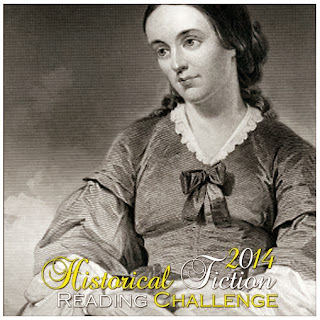
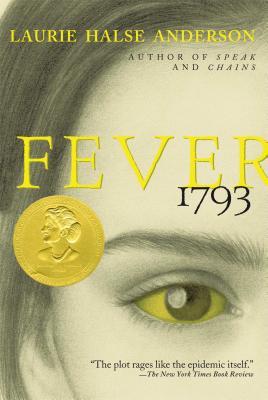


 About the Author:
About the Author: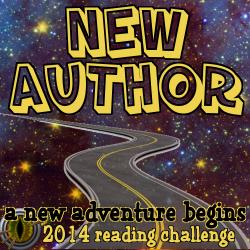

 About the Author:
About the Author: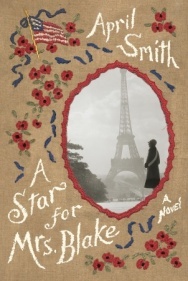


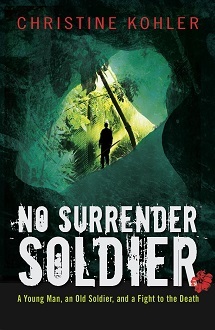
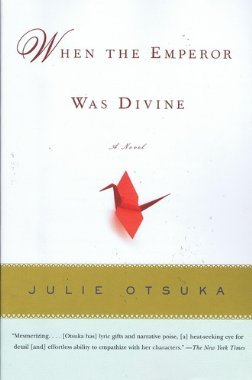
 About the Author:
About the Author: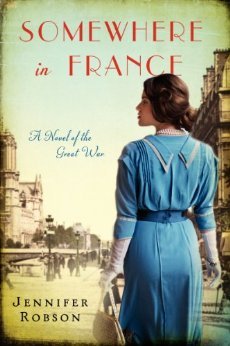
 About the Author:
About the Author:
 About the Author:
About the Author: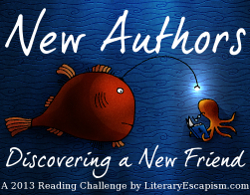

 About the Author:
About the Author: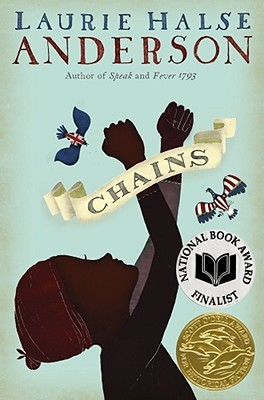

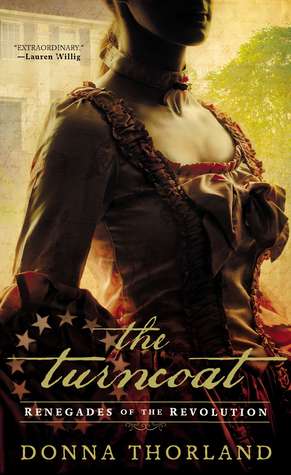
 About the Author:
About the Author:




